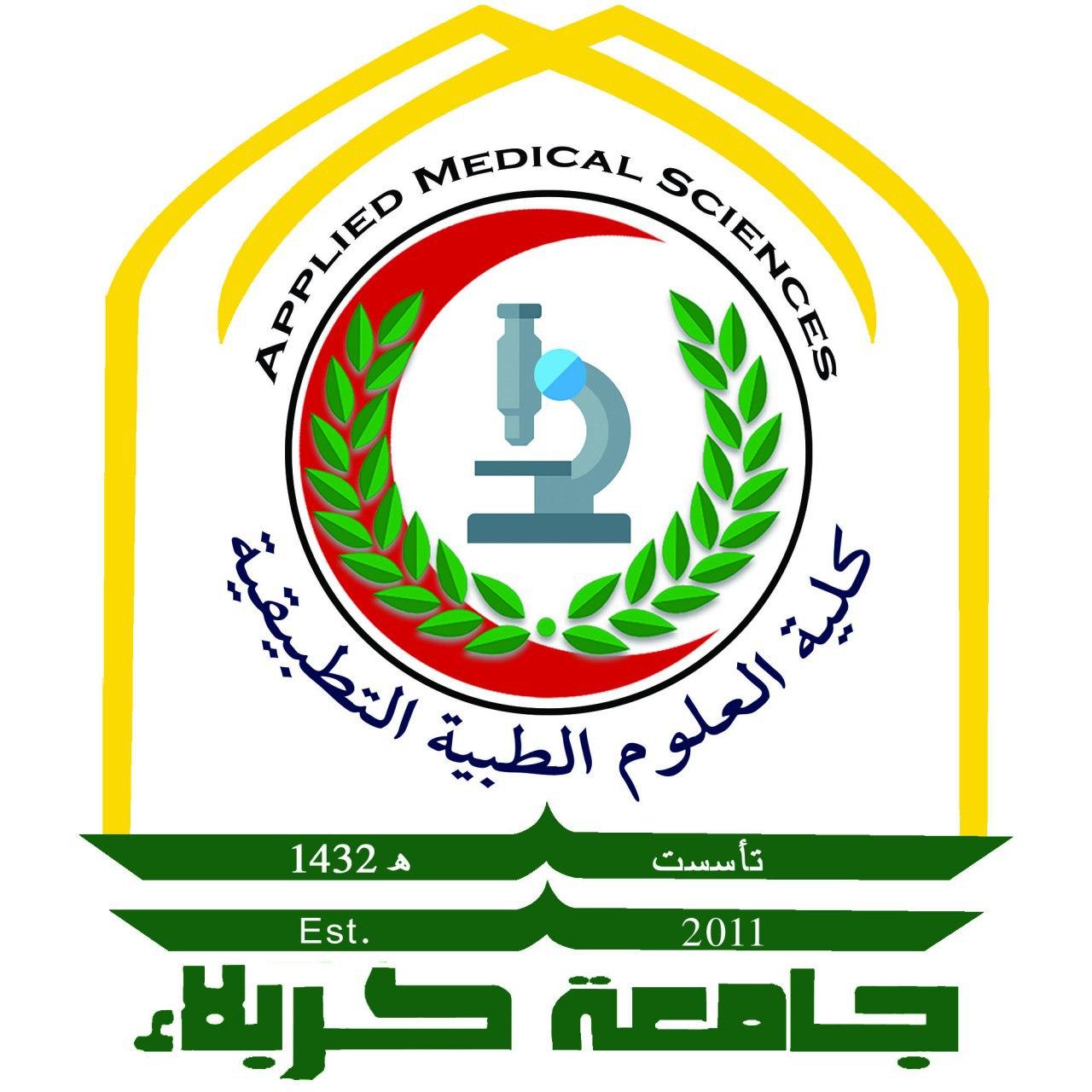Blog
Renal tissue toxicity and miRNA 21, miRNA122, and miRNA221 tissue level alterations in rats administered 4-Nitroquinoline
Abstract
A widespread variety of toxicants modify miRNAs profiles in target tissues. Five rat treatment groups were selected for this study, each consisting of five animals and an additional one left untreated used as a control. Administration of the carcinogen 4-Nitroquinoline (4-NQO) lasted for 5 months with four weeks intervals separating the successive groups. When the carcinogen intake period ended, the animals were euthanized and renal tissue was collected for both histopathological and molecular investigations. The results showed no significant difference (p=0.65) between the
animal groups that showed kidney tissue toxicity and those that did not. Conversely, a statistically significant difference emerged if the mean ΔCt of the gene of interest (miRNA-21) in the treated group (6.95±1.23) was compared to that of the control group (4.42±0.34) (p=0.000). A significant difference was also observed when the comparison involved miRNA-122 and miRNA-221 whose ΔCt values for the treated and control groups were 2.28±0.2, 1.19±0.51 (p=0.04);0.39±0.08,1.52±0.06 (p=0.02), respectively. In conclusion: The findings of the present work revealed
variable degrees of renal tissue injury despite non-significant; but it emphasizes the significant alterations of the miRNA tissue levels, the latter can indicate the adoption of specific miRNAs as vital markers denoting the prediction and/or the
diagnosis of tissue injury after exposure to certain chemicals.
Keywords: miRNA 21, miRNA122, miRNA221, 4 nitroquinoline, carcinogenesis
Post Views: 264




























































